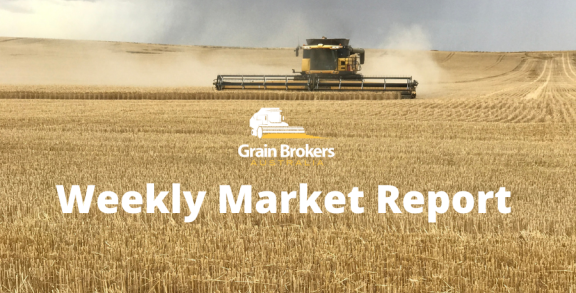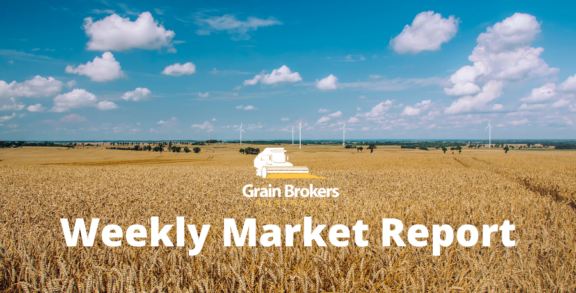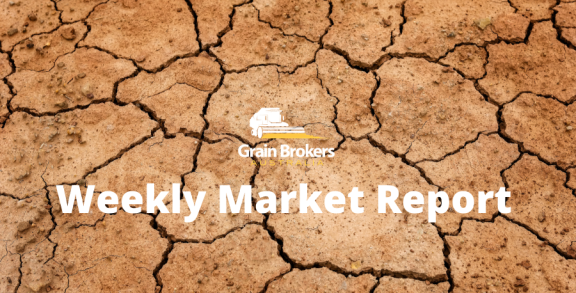
Argentine voters opted for the far-right libertarian candidate Javier Milei as their next president in the November 19 runoff election against Peronist candidate Sergio Massa, raising hopes amongst the rural community that his radical ideas to fix the flailing economy, battered by triple-digit inflation will be a boost for agriculture and trade.
In a bold victory speech, Milei declared that “the impoverishing model of decadence has come to an end, and there is no going back. The situation is critical and there is no place for tepid half-measures’’.
Riding a wave of anger and protest against the political mainstream, Milei has promised some radical change to the policies adopted by the Peronist regime that has led the country for 16 of the past 20 years. After struggling with one of the worst droughts in Argentina’s history over the past couple of seasons, a new leader and good recent rains have restored optimism within the nation’s agribusiness sector.
However, Argentina’s grain trade has ground to a halt ahead of Milei’s inauguration on December 10. The drought induced shortage of soybeans and another poor winter crop harvest has been exacerbated by growers who are holding onto supplies in anticipation of a devaluation of the peso, and a promised relaxation of export taxes that have crippled agribusiness for years. The government currently imposes taxes of 33 per cent on soybean exports, 31 per cent on soybean meal and soybean oil shipments, and 12 per cent on international wheat and corn sales.
With the economy in tatters, Milei has pledged to end Argentina’s decay by introducing a reform program with three foundations: dramatically reducing the size of government, a respect for private property and promotion of free trade. The new president plans to turbocharge the economy by slashing spending, taxes and regulations, privatising state industries and dismantling government ministries. He also plans to leave the Mercosur trade group, close the Central Bank and dollarise the economy by replacing the Argentinian peso with the US dollar.
The country has strict capital controls which have driven a currency black market. The “blue dollar”, as it is known, has traded above 1,050 pesos per dollar in recent weeks, while the official rate languishes at around 350 pesos. The government has rolled out numerous exchange rate sweeteners to farmers over the last couple of years, giving them a better rate against the US dollar to entice them to sell rather than holding grain as a hedge against inflation, which is currently running at 143 per cent.
The outgoing leadership has a “soy dollar” program in place at the moment which has been extended on more favourable terms until December 10 in a bid to free up soybean supplies for the domestic crush which has slowed to snail’s pace. Exporters can go up to 50 per cent of dollar receipts against the exchange rate of 950 pesos to the US dollar, and 50 per cent at 350 pesos to the US dollar, compared to 30 per cent and 70 per cent previously. But trading interest has been limited, with market participants preferring to wait until after the inauguration.
One of the biggest concerns amongst the farming community is Milei’s lack of political experience and how quickly he can replace the political rhetoric with actions that will have a material impact. His policies may one day stimulate less hoarding of grain and the elimination of export taxes, but the actual timeline remains a mystery.
Milei may have received 56 per cent of the vote compared to the current economic minister, Sergio Massa, with 44 per cent, but his Liberty Advance party could struggle to progress his ambitious programs through the Argentine Congress. His party only holds 7 of the 72 seats in the Senate, less than 10 per cent, and just 38 of the 257 seats in the Chamber of Deputies, less than 15 per cent. Add the empty government coffers and a US$44 billion handcuff with the International Monetary Fund, and the road bumps becomes a mountain.
Meanwhile, rainfall registrations have improved across much of the nation’s cropping districts in November, especially in the northern and eastern regions. Falls in the western regions, particularly Cordoba, have been lighter and some areas are still quite dry. The rains are ideal for the summer cropping program, where planting is now in full swing, but has come too late to boost this season’s winter crop output.
The Buenos Aires Grain Exchange update released on November 23 put the wheat harvest at 26.4 per cent completed, up 6.2 percentage points compared to the previous week and 13.9 percentage points ahead of the same time last year. The average yield currently stands at 1.8 metric tonne per hectare, with production now expected to be 14.7 million metric tonne off 5.9 million hectares. That means the balance of the wheat harvest will need to average 2.75MT/ha to meet the BAGE output estimate. The Rosario Grain Exchange have pegged the crop slightly lower at 13.5MMT, marginally higher than last season’s 11.5MMT disaster but well below the 2021/22 record of 23MMT.
The early corn planting program in the central and southern areas has concluded, and farmers have commenced seeding the later crop. As of November 22, 26.2 per cent of the forecast 7.1 million hectares had been planted, with 29 per cent of the planted crop in good to excellent condition. Soil moisture conditions have improved dramatically with 75 per cent of the corn area enjoying a favourable to optimum rating. BAGE is calling the crop a record 55MMT, up from 34MMT in 2022/23. This compares to RGE on 56MMT and market analyst Dr Michael Cordonnier on 52MMT.
The soybean planting program progressed 17.4 per cent week-on-week and now covers 34.8 per cent of the projected 17.3 million hectares. This is well ahead of last season’s pace but lags the long-term average by around ten percentage points. The current BAGE crop estimate is 50MMT, up from the 21MMT harvest earlier this year. There is widespread consensus on the size of the 2023/24 crop with RGE and Cordonnier both on 50MMT as well.
BAGE added 200,000 hectares to its soybean area estimate last week as farmers switched some of their early planted corn area to soybeans as the seed bed was too dry. With almost three-quarters of the corn area still to be planted, it would not be surprising to see the swing area increase. Add the possibility of getting US dollars instead of pesos for their bounty post December 10, and the switch becomes even more compelling at current prices.
Call your local Grain Brokers Australia representative on 1300 946 544 to discuss your grain marketing needs.




